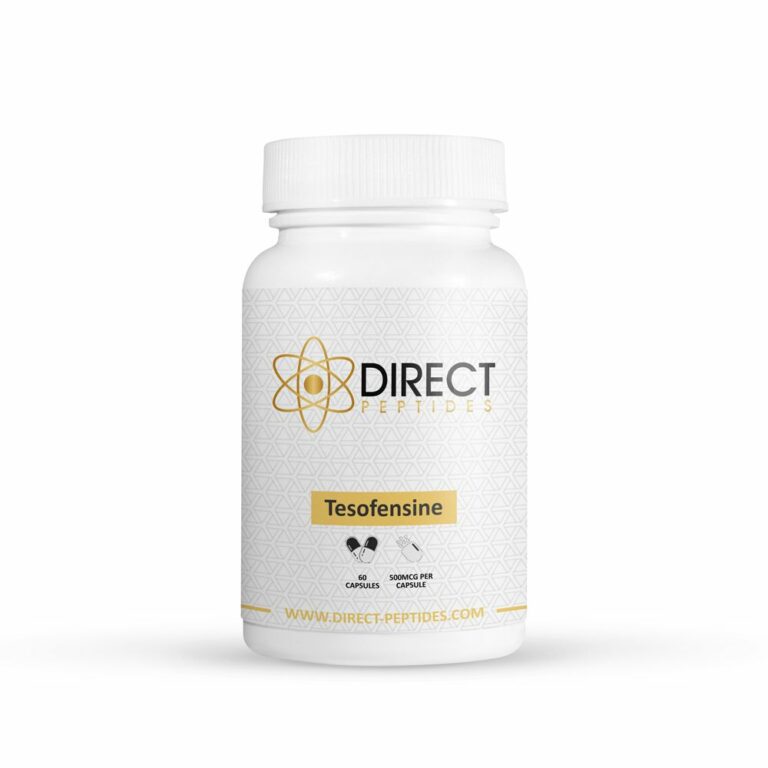
September 5, 2024
Can Tesofensine Deal With Weight Problems? Untangling The Mystery Behind A Brand-new Weight Reduction Medication

Pharmaceuticals Totally Free Full-text Weight Problems Medicine Update: The Shed Years? Similarly, SGLT-2 preventions incorporated with a GLP-1 agonist triggered a greater weight reduction than individual management of each agent [105, 106] In addition, it has been reported that by inhibiting SGLT-1, expressed in the little intestine, absorption of intestinal sugar and galactose reductions, while GLP-1 and PYY rise. Current RCTs demonstrated that licogliflozin, a double SGLT1/2 prevention, dramatically lowered body weight by 5.7% over 12 weeks and 3.8% over 24 weeks in obese clients (BMI, 35-- 50 kg/m2) with or without diabetes. Proof of body weight reduction in large cardio result tests was additionally located in people treated with the GLP-1 receptor (GLP-1R) agonist semaglutide compared with placebo [54-- 56]
Is Clinical Weight-loss Sustainable?
Yet the public-health advantage of intervening in obesity is so fantastic that she suggests waging drug tests and thoroughly checking outcomes. Also if an efficient excessive weight medication were discovered to have a danger of suicidal ideation, Posner states, anxiety and suicidality are treatable problems. Empatic, by Orexigen, is a combination of bupropion (the antidepressant in Orexigen's Contrave) and zonisamide, an antiepileptic medicine. Although Wong likes the effectiveness of the medication, he assumes regulators and prescribers will watch out for the anti-epileptic representative, as with Qnexa.Is tesofensine a GLP-1?
A number of anti-obesity drugs that target GLP-1 receptors have actually lately come to the market. Here, we describe the effects of tesofensine, an unique anti-obesity medicine that functions as a three-way monoamine natural chemical reuptake inhibitor.

Dopamine
Because of this, the development of unique, brain-penetrative, little particle, substances to obstruct its actions was a clinically logical method to anti-obesity drug treatment that has actually been discovered both preclinically and medically (Kamiji and Inui, 2007). However, the pharmacology of NPY is complex and it exerts its activities in mammalian species by means of 6 distinct receptor subtypes (Y1-- Y6) (Beck, 2006; Kamiji and Inui, 2007). Furthermore, there has actually been some difference about which NPY receptor is one of the most proper prospect for the advancement of unique antagonists with Y1 and Y5 subtypes being one of the most favoured (Beck, 2006). Based on this proof, it appears that the sceptical view concerning the viability of the Y5 receptor as an anti-obesity drug target was right. The Y1 receptor was thought to be a more appropriate target for development and various potent Y1 receptor antagonists have actually been reported to hinder food intake (Kamiji and Inui, 2007). GIP guideline of basal metabolism remains enigmatic as activation and stopping of the GIPR receptor have actually both been shown to lower body weight48. Recent researches recommend that GIP decreases food intake via CNS mechanisms185,186 which GIP stops working to impact food intake in computer mice with CNS loss of Gipr185. NPY is a heterogeneously distributed neuropeptide that evokes https://pharma-tech.b-cdn.net/pharma-tech/product-packaging/what-to-learn-about-br.html its physical effects by an activity on six different receptor subtypes (Y1-- Y6). NPY boosts food intake, prevents energy expense, and boosts body weight by triggering Y1 and Y5 receptors in the hypothalamus.207 Based on these observations, numerous business have actually attempted to create neuropeptide Y2, Y4, and Y5 receptor ligands as possible anti-obesity representatives.- Architectural resemblance between GLP-1, glucagon, and the incretin glucose-dependent insulinotropic polypeptide (GIP) and their low-potency cross-reactivity at their corresponding receptors assisted in assimilation of each task into sequence-intermixed unimolecular hybrids.
- Tesofensine is a new medicine that has been proven to be effective in aiding individuals achieve weight reduction when incorporated with way of living adjustments.
- SAR revealed a good pharmacokinetics/pharmacodynamic account in these subjects consisting of a lengthy half‐life (11-- 18 h), that makes it appropriate for a once‐daily regimen [65]
Social Links